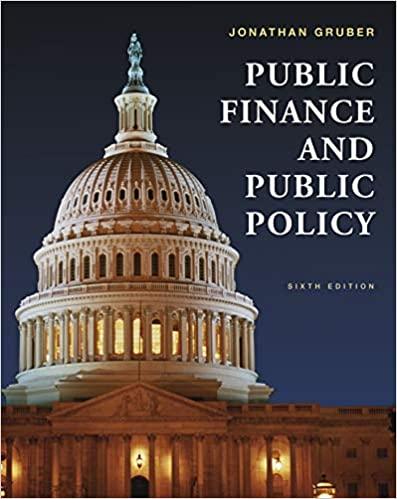In Problem 7, we considered the externalities of secondhand smoke in public places. Concerns about these externalities
Question:
In Problem 7, we considered the externalities of secondhand smoke in public places. Concerns about these externalities motivated policy makers in most U.S. states to enact smoking bans in bars and restaurants, despite concerns that the bans would have a negative economic impact on the restaurant and bar industry. Whether those negative economic effects have occurred has been the subject of debate. Several economic studies have shown that these laws have had a null or positive economic effect. Shafer (2017) posits that these laws might create differential economic effects for different kinds of establishments. His study tests the hypothesis that the null or positive average effect of these laws might mask the fact that some establishments are harmed economically.
Discuss the behavior of smokers and nonsmokers when moving from a smoking permissive regime to a smoking ban. What would need to be true for a ban to have a net positive economic impact? A net negative economic impact? Explain how Shafer’s hypothesis might be true.
Problem 7,
As of 2017, the majority of states have enacted smoking bans in public places such as workplaces, restaurants, and bars. What is the economic rationale behind these bans in public places?
Would a similar rationale exist for banning smoking in private settings such as cars, apartment buildings, and private homes?
Step by Step Answer:






